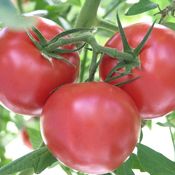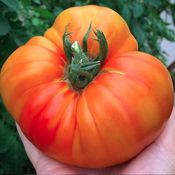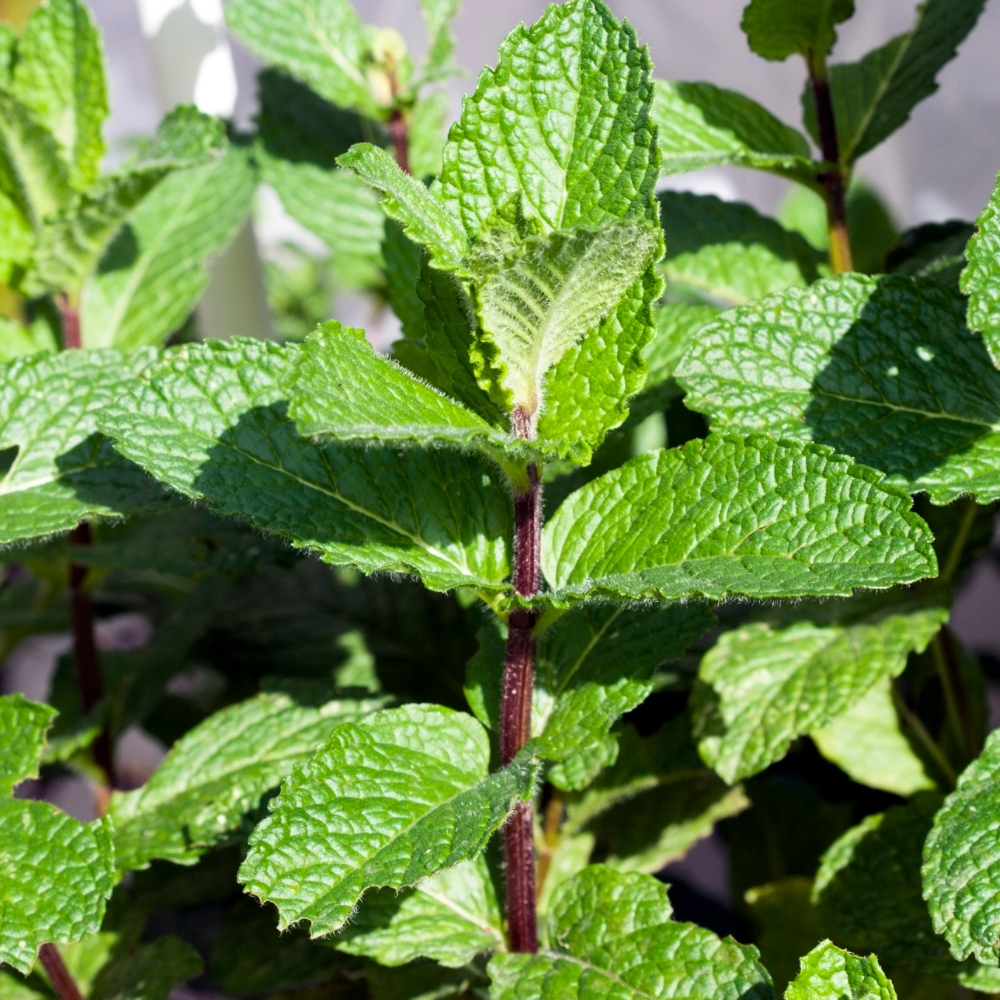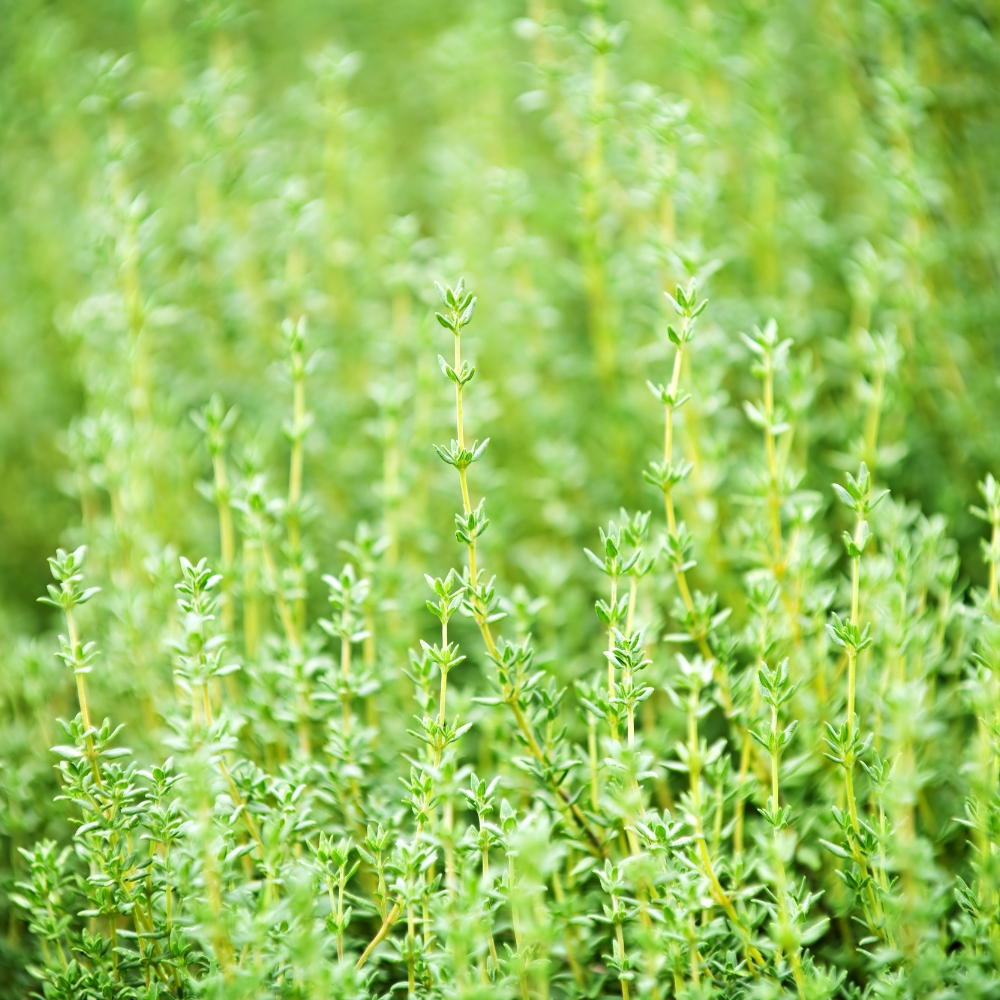
Echinacea, more commonly known as Coneflower, is a resilient and attractive flowering perennial plant that’s ideal for low-maintenance, yet strikingly beautiful landscapes. The drought-tolerant and hardy Echinacea is well-suited to gardens that get full sun and will require minimal watering once established.
This guide will cover everything you need to know about growing Echinacea, from sunlight and soil preferences to watering tips and how to capitalize on the Coneflower’s hardiness.
Echinacea is Sun-Loving
Echinacea thrives in full sun, making it ideal for sunny spots that receive 6 or more hours of direct sunlight per day. Full sun exposure encourages the healthiest growth and a vibrant display of those oh-so-recognizable blossoms. Although Echinacea can tolerate some shade, it will definitely bloom more abundantly, have stronger stems, and will be healthier overall in the sunniest environment.
Pro Tip: If you’re in a very hot climate, a bit of afternoon shade can help prevent its blossoms from fading too quickly, especially during the height of summer.
Echinacea is Just a Bit Picky About its Soil
Coneflowers prefer well-draining soil, as overly wet or compacted soils can lead to root rot. Before planting, we recommend that you test your soil’s drainage by digging a small hole, filling it with water, and observing how long it takes to drain. If water sits in the hole for hours, amend your soil with compost or coarse sand.
Echinacea can tolerate slightly acidic to neutral soil, performing its very best with a pH of 6.0–7.0. pH Soil Testers are quite inexpensive and worth every penny.
Pro Tip: Mixing a small amount of organic compost into the planting hole can you’re your Echinacea plants an initial vitality boost while improving your soil structure.
Establishing Drought-Tolerant Echinacea
The key to success lies in proper establishment and strategic watering practices. While these prairie natives are naturally drought-resistant, once established, following these specific techniques will ensure their maximum resilience and your success:
Initial Planting (Spring or Early Fall)
- Space plants 18-24 inches apart to prevent root competition for water, as well as to provide adequate air circulation in order to avoid powdery mildew.
- Plant the crown (where the stem meets the root) 1-2 inches below the soil level.
- Keep your soil consistently moist but not soggy. Being weather-aware and adjusting your watering as necessary will ensure the best results.
Strategic Watering Schedule
~The First 8 Weeks~
- Weeks 1-2: Deeply water at the soil level every 2-3 days. Avoid overhead watering.
- Weeks 3-4: Extend your watering schedule to every 3-4 days, again, deeply watering at the soil level.
- Weeks 5-8: Water once weekly, about 1-inch of water sill usually suffice.
Pro Tip: Using a drip hose or system on a timer will reduce the amount of time you spend in the garden and provide the most consistent, moist environment for your Echinacea plants as they develop a healthy root system.
~Once Established~
- Water only during prolonged dry spells.
- Adjust frequency if growing in particularly hot and arid climates.
- Let your soil dry between waterings.
Pro Tip: Using your finger or a popsicle stick, insert 1 to 2” deep. If the soil is dry, it is time to water, usually once weekly, providing about 1-inch of water.
Watch for Signs of Drought Stress:
- Afternoon leaf curling (normal).
- Persistent leaf curling (water soon).
- Stem drooping (water needed).
- Leaf crisping (emergency watering needed).
Pro Tip: Add mulch around your Echinacea plants to retain moisture and keep roots cool. Keep the mulch about 2-inches away from the stems to prevent root rot.
Hardiness and USDA Zones
Echinacea is hardy in USDA zones 3–9; Coneflowers are suitable for a wide range of climates. From cold, blustery winters to hot, dry summers, Echinacea handles temperature variations with ease. In colder zones, the plant’s roots will go dormant in the winter months, reemerging each spring, sometimes for decades.
Pro Tip for Zone 3: Apply a layer of mulch around the base of the plant in late fall to insulate the roots against freezing temperatures. At this time, you will not be watering, so it is okay to mound the mulch closer to the stems.
Why Plant Echinacea?
One reason Echinacea is so popular is its minimal care requirements. Once planted, it needs little attention aside from occasional watering and deadheading. Deadheading—removing the spent blossoms as they fade—encourages continued blooming throughout the summer. However, leaving the seed heads on in the fall will provide winter interest in your landscape and a welcome food source for overwintering birds.
Echinacea is also widely used medicinally. Echinacea Angustifolia, Pallida, and Purpurea are the vitamin C of the herb world. Every part of the purple Coneflower can be used to make tea, syrup, or a tincture. Simply Beyond Herbs is an ideal site for DIY tips on harvesting and recipes.
Pro Tip: For the best results, divide your Echinacea plants every 3-4 years to prevent overcrowding and to keep them vigorous. As you divide them, you can either expand your growing area, or gift to friends and family, along with information on how to harvest and craft recipes for their personal use.
Echinacea is Generally Trouble-Free
but here are a few issues that you may encounter:
- Poor Drainage: In poorly draining soil, root rot can occur. You may notice your plants do not seem as vigorous, followed by yellowing or wilting leaves. Amend your soil as needed, with organic material or coarse sand, and adjust your watering, allowing the first inch or two of soil to dry out before watering deeply at the soil level.
- Pests and Diseases: Echinacea is resistant to most pests, but aphids may occasionally appear. A strong spray of water or a natural insecticidal soap can keep them in check.
- Fewer Blooms in the Shade: Echinacea can survive in partial shade but may produce fewer blossoms. For the most prolific flowering, provide at least 6 hours of direct sunlight daily, especially in the morning and early afternoon.
Echinacea is an ideal choice for gardeners looking for a hardy, drought-tolerant, flowering perennial plant that thrives in full sun and well-draining soil. Whether you’re growing it for its colorful blooms, low maintenance requirements, pollinator appeal, or its medicinal qualities, Echinacea plants will reward you with long-lasting beauty with minimal effort. By following these simple guidelines, you’ll enjoy a thriving bed of Echinacea plants, enhancing your landscape year after year after….
































































































































































































































































































































































































































































































































































































































































